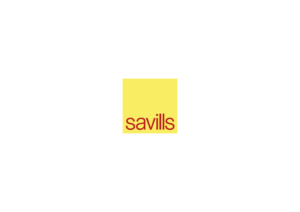Across Great Britain supply has slowly begun to recover this year from the lows of 2020, whilst high levels of demand continue to drive values upwards.
The last period of relatively normal market conditions and activity, from 2011-2015 (prior to the Brexit referendum), provides a useful benchmark against which to assess current levels of farmland supply. Comparing recent supply levels to this period shows the market in Great Britain is currently around 23% smaller, but there are encouraging signs that market activity is increasing.
Whilst supply has increased from last year, this is not being seen evenly across the country. In the East Midlands, the number of acres publicly marketed during the first three quarters of this year was down 40 per cent on the equivalent period of 2021, whilst Scotland’s supply is down 16 percent. On the other hand, the East and North of England have seen supply rise by 81 and 18 per cent respectively. Multiple large farms and estates have entered the market here, offering a good market indicator that there is strong demand for 1,000 plus acre estates. In the South West, supply is up 9% with 16,000 acres of farmland marketed to the end of September 2022, compared with 14,800 acres during the same period in 2021.
With the lump sum exit scheme’s application window only recently closed on 30th September, it is unlikely we will see any consequent increase in supply this year, but it may lead to some additional launches on to the market in Spring 2023.
Emily Norton head of Savills rural says, “We anticipate that in reality the impact will be fairly small, with the majority of retirees meeting the scheme rules by surrendering rented land to their landlord or if owned, transferring it to their successors, or renting it out under a Farm Business Tenancy”.
Values:
The continued constrained supply, whilst beginning to return to normality, has impacted the market with a growing pool of buyers frustrated by the lack of opportunity. Values are supported by the continued supply and demand imbalance. Savills agents are finding that this has generated such a demand that land can be under offer for up to 20% more than its guide price, from smaller farms to larger commercial estates.
This quarter, land prices have continued to rise, with the overall average farmland value in Great Britain increasing by 3.3% to £7,600 per acre. The average values for prime arable and grade 3 grassland across Great Britain are now around £9,690 and £6,300 per acre respectively.
Lesser quality livestock land has seen the largest increases in value this quarter across Great Britain, at 5.9%, showing a continued drive for environmental outcomes, comparing to 2.9% for prime arable.
On average an acre of agricultural land in Great Britain is now worth 8 per cent more than it was 12 months ago; however, unusually values are not yet keeping up with the hyper-inflation in the wider economy.
Geoff Jones of Savills farm agency team in the south, said: “In reality, with land being a longer term investment, the short term impact of this spike in inflation is fairly minimal, with land tending to hold its value despite the status of the wider economy, and historically exceeding inflation. Additionally, with a limited supply of land coming into the market, and an increasing demand from investors, we are likely to see prices continue to rise. This is consistent with our forecasts published in January 2022.
“We may also see demand increase from overseas investors, due to the value of the pound dropping. Greater purchasing power makes the UK an inviting opportunity, further contributing to competitive market forces,” concludes Mr Jones.




